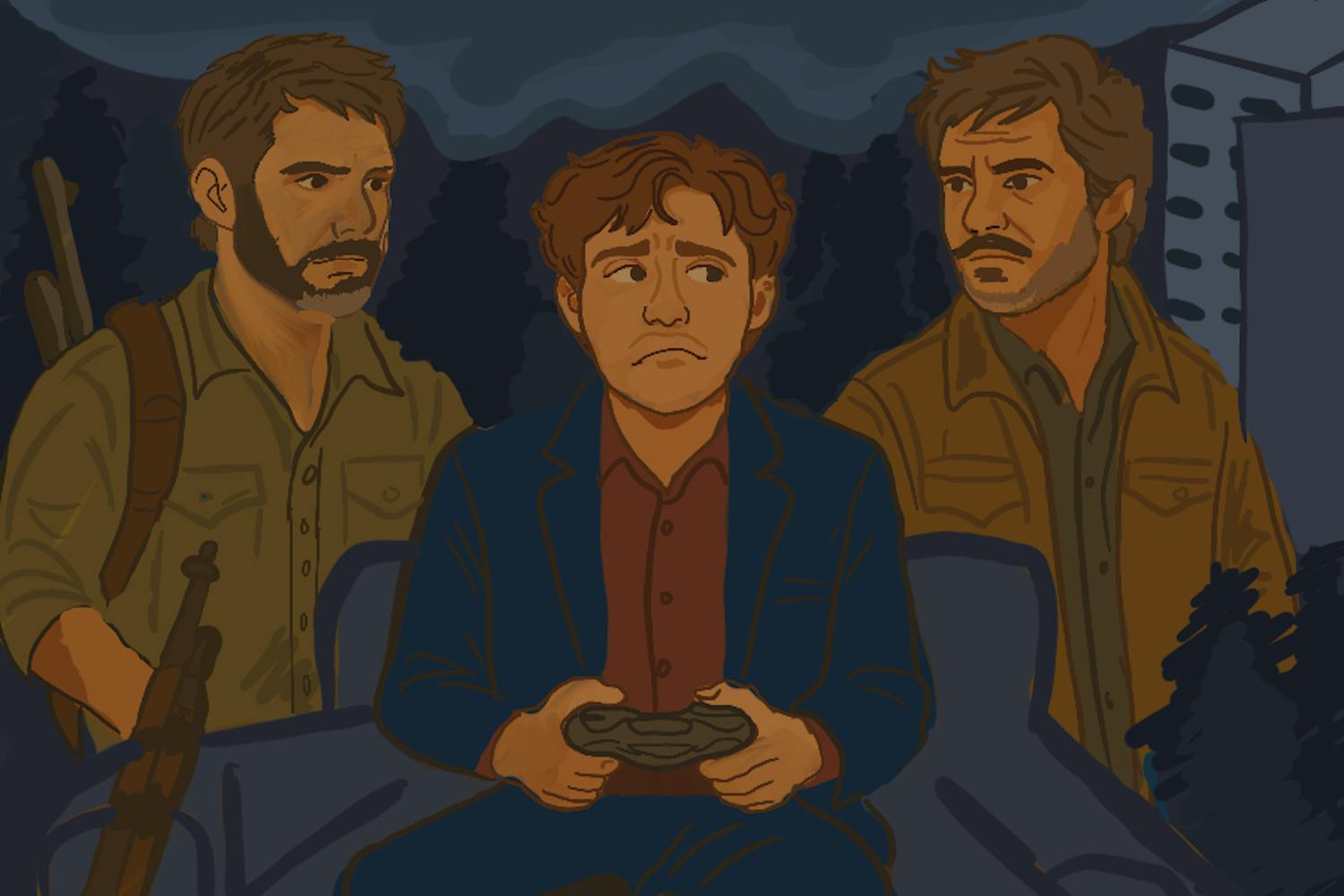Age of Adz
Pitchforks: 4 out of 5
Artist: Sufjan Stevens
Label: Asthmatic Kitty
When I was first told that Sufjan Stevens’ new album was to feature more electronic and programmed elements, I was a little skeptic. Just the thought of trading in his lush symphonic epics for the ridgidness of electronics seemed perverted.
“Sufjan going digital?” I would blather. “That’s like giving a computer to an Amish kid. It just doesn’t feel right.”
But you know what they say: Never judge a book by its cover. After listening to the album, every preconceived notion was shattered. Not only am I now convinced that “The Age of Adz,” Stevens’ October release, is good, but I am further convinced that it’s some of his strongest work to date.
The added modernity of electronics fuse together with big band theatrics to produce a vessel that navigates through the past and future with timeless ease.
In “The Age of Adz,” Stevens uses these electronic sounds without letting them dominate. Instead of killing his sound by using too much of the digital, he uses it sparingly as a way to newly accent his piano-banjo-symphonic compositions. The electronic aspects are just another layer to Stevens’ Russian doll; in the innermost shell still lies his simplistic folk sensibility.
This is probably most apparent on the stripped down opening track “Futile Devices.” In this track, Stevens flaunts a typical minimalist folk approach. There are no drums, but it serves a purpose. Stevens’ slow jam seems to lull the listener into a soft trance, just before shoving you down the rabbit hole.
Right when the title track “Age of Adz” plays, all the new influences come full circle. Now spacey keyboards and programmed drums adorn Stevens use of baroque horn and string sections, found prominently in his previous album “Illinois.” To me, the song’s atmosphere feels a bit like a lavish “Wizard of Oz” production, in which the dancing munchkins are replaced by moon walking robots.
Evoking whimsical fantasies seems to be a recurring theme with the album. Stevens has me fairly convinced that he could score any cinematic blockbuster. The new Harry Potter film? Sufjan is your man.
On “Get Real Get Right,” Stevens alludes to biblical themes of rapture and judgment, lest we forget his classic themes of storytelling found on albums “Illinois” or “Michigan.” This little nugget of electronic prowess has the beat and guitar of a Radiohead track, but with the swagger of a Broadway musical.
With the slow build in “Vesuvius,” Stevens utilizes energy with pan flutes, boy and girl choirs and synthesizers that sound like they belong in “The Little Mermaid.” It’s another textbook example of Stevens’ animated use of wild, often cartoonish, instrumentation.
The fluctuating “I Want to be Well” begins with a mellow waterfall of upbeat woodwinds and electronic swells, only to cascade into jagged drum rolls and Stevens yelling, “I’m not f---ing around.”
What he means by this is anyone’s guess, but the other lyrics show a defeated artist who has finally accepted that “Everywhere you look, everywhere you turn, illness is watching, waiting its turn.”
While it is true that Stevens suffered serious health problems while making “The Age of Adz,” the lyrics seem to suggest that in the face of love, illness and destruction are the inevitable spoils of passion.
The album reaches its end with the 25-minute musical melodrama “Impossible Soul,” which leads you through the melancholy, slap happy and mysterious. No stone is left untouched. As the song concludes, Stevens turns toward optimism and a call to forgive in the face of turbulent romances.
After listening, “The Age of Adz” seems like a far cry from the almost down-home and rural feel that was projected in “Illinois,” but the core musical elements still remain the same: the folk, the dense orchestration and massive vocal harmonies. Stevens has just chosen to apply these into different realms of emotion. Now, instead of picturing frolicking through cornfields and barnyard romances, I picture futuristic urban metropolises — sprawling concrete jungles that serve as the stomping ground for flying cars and robot maids.
The bottom line is that “The Age of Adz” is huge, massive like a Bjork album and ambitious like any of your favorite rock operas. You know you’re listening to something special when you hear the plucks of a banjo, programmed beats and an entire woodwind section all on the same track, let alone the same album.
“The Age of Adz” is worth the buy, simply put. Anyone looking to expand his or her music collection with something refreshing and unique should look no further.
Reach Dane at djarvie@asu.edu



